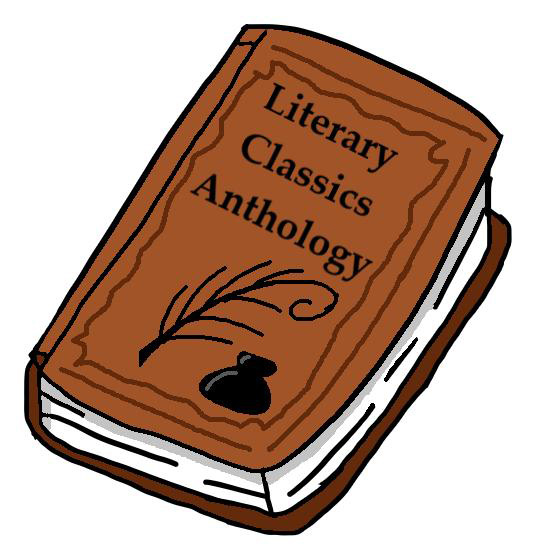Point: Classic Books in Classrooms: Embrace or Replace?
March 10, 2023
As America continues reckoning with its past, present, and future, many school districts have attempted to better represent our distinctive American population through a more diverse English curriculum. While this is an important and well-meaning initiative, some implemented strategies may not be creating the desired effect. In fact, UC High has struggled with book availability, only getting funding to purchase copies of contemporary works written by people of color or women. Championing the stories of underrepresented groups is undeniably important, yet limiting book options is an ineffective way of enriching student understanding.
English Teacher Anthony Pollard was looking for a twenty-first century book to satisfy his class’ reading standards. He found just that in Author Kathryn Sockett’s The Help. “I felt that The Help was just long and intriguing enough for students… I didn’t think that it was out of reach,” he explained. The district said otherwise, denying Pollard’s request to receive class copies. According to a student study guide website, the book tackles racial inequality based on the story of two Black maids in the 1960s, yet it is written through the perspective of Sockett, a white woman (cliffsnotes.com). While the book is not without its controversies, it’s more than fair to say that Pollard is capable of both selecting texts for his classes and teaching them appropriately. Without the district’s support, Pollard is forced to either use his own money to provide the novel to his students or find a different text altogether.
English Teacher Della June believes there is great value in reading a wide variety of stories. However, she warns that by solely focusing on newer books, “…you run the risk of not realizing where some of the work from contemporary writers stems from. You don’t want to do away with everything that was written before just because it does not reflect today’s moral and social climate.” The key, she rightfully asserted, is teaching everything in context. By addressing how factors including time period and personal upbringing influence a writer’s decisions, students are able to form an educated opinion on any written narrative’s strengths and weaknesses.
Coincidentally, one of the books June teaches, George Orwell’s 1984, warns about the dangers of ignoring what came before. In this acclaimed dystopian novel, society’s disconnect with its ever-changing past reduces the individual to a dependent cog in the machine, restricted and incapable of independent thought. If progress is a result of conversation, and discussion is fueled by ranging opinions, then sticking to accessible narratives is the opposite of what we should strive for. June added, “Different perspectives on different issues from different time periods are very beneficial for students. Kids should be able to make up their own minds about what type of literature they like, what kind of ideas they want to entertain, and how they are going to apply those to their lives.”
Classic pieces and modern works do not have to be mutually exclusive in English curriculum. Pollard perfectly encapsulated it: “How about we include novels by women and people of color as well as any work worthy of teaching? This way we have a large selection and we don’t take things out.” Running away from outdated books only worsens the situation, as we lose our ability to tackle taboo conversations and therefore deprive ourselves of truly grasping sensitive subjects. By avoiding the contextualization of potentially problematic content, the school district paints all non-palatable ideas as unworthy of conversation, further narrowing student opinion and limiting independent thought. How can we be better equipped to deal with major problems if we never confront the reality enabling them? What are we teaching our youth by setting more archaic content aside? As long as the teaching standards are met, teachers must be able to buy their books of choice, bringing texts by a range of authors, old and new, to the hands of students.


